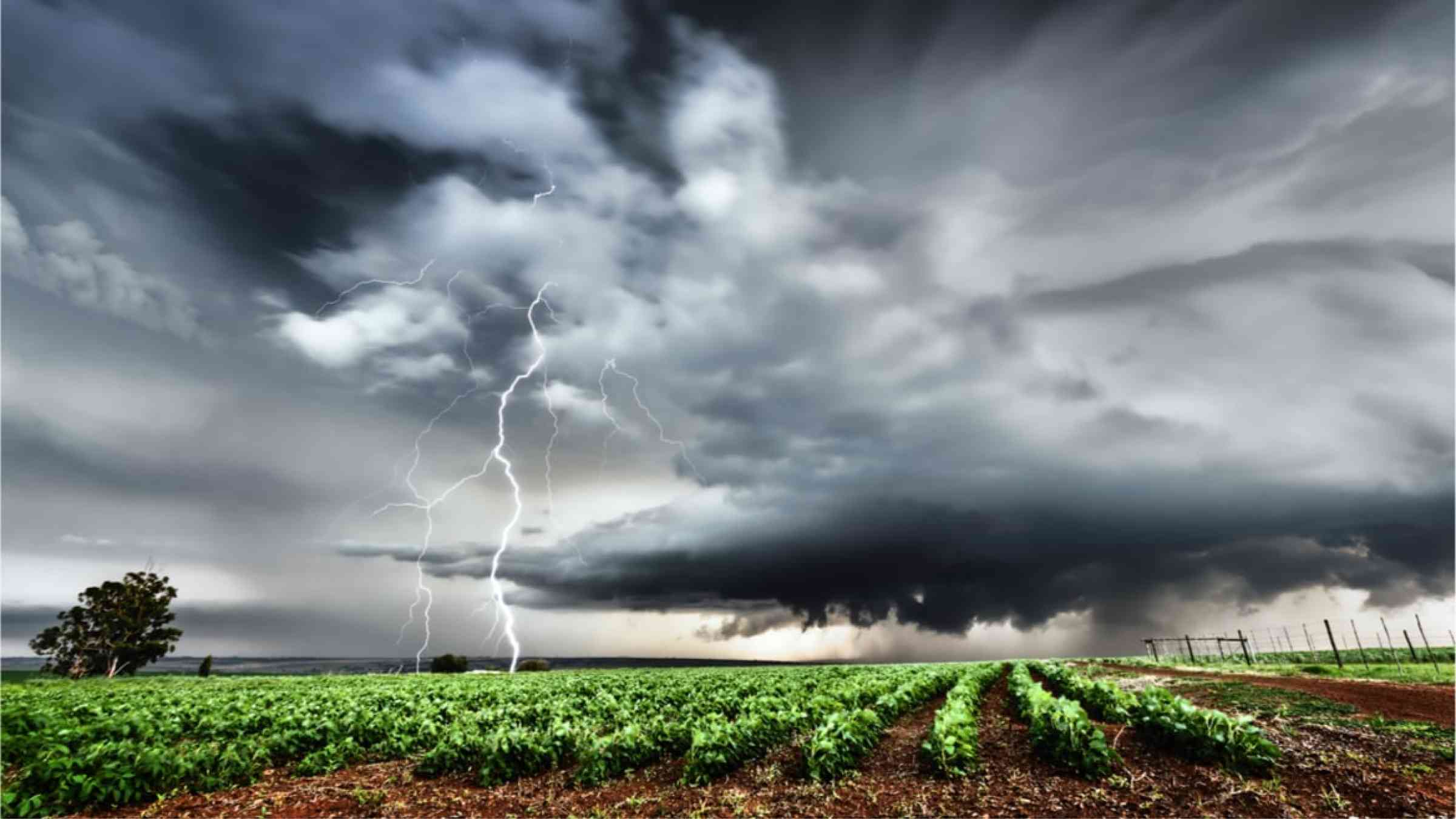Severe storms expose ill-equipped weather stations in Southeast Africa

The lack of infrastructure is preventing scientists from robustly reporting meteorological information as well as communicating warnings about hazard-prone areas.
First came Ana in late January. Then Batsirai made landfall in February. Over the following weeks, Dumako, Emnati, and Gombe also left their footprints.
In just 6 weeks, Southeast Africa was battered by three tropical cyclones and two tropical storms. Madagascar, Malawi, and Mozambique were the worst hit, with 230 deaths reported and more than a million people affected.
It was an extremely wet season, but one that is increasingly becoming the norm, having followed several years of similarly heavy rainfall, said Friederike Otto, a senior lecturer in climate science at the Grantham Institute for Climate Change and Environment, Imperial College London.
Otto is one of the coauthors of a new study from the World Weather Attribution (WWA) network on climate change and storms in Southeast Africa. The scientists analyzed weather observations and climate models, and “in both cases, our results found that the rainfall associated with two storms, Ana and Batsirai, was made more intense due to human influence on the climate,” said coauthor Izidine Pinto, a climatologist at the University of Cape Town, South Africa.
The scientists were unable to quantify the precise influence of anthropogenic climate change, however, because of a lack of data from weather stations. “While we saw that climate change played a role in Madagascar and Mozambique, we could not quantify, mostly because of missing comprehensive records of rainfall,” said Pinto. The researchers did not have access to station data from Madagascar or Malawi at all, and of the 23 weather stations used in Mozambique, only 4 had sufficient data.
Budget Shortfalls and Cyclone Landfalls
Arlindo Meque, who serves as a climate modeling expert with the Southern African Development Community, said a lack of consistent weather data was a challenge in countries throughout the region with the exception of South Africa. Meque was not involved in the WWA study.
Meque, also a senior climatologist at the National Institute of Meteorology in Mozambique, noted that meteorological services throughout the region are struggling with declining budgets, which have reduced investment in new infrastructure as well as maintenance of existing weather stations. “Tropical cyclones are associated with strong winds,” for example, which break masts at stations and need to be repaired, he explained.
To help address the problem of data collection, Meque said, Mozambique has invested in a new “one district, one weather station” initiative, establishing the first district station in the province of Sofala in March.
Still, challenges remain, including the transmission of data from district stations to the central station in Maputo, the Mozambican capital. Transmitting early warnings can also pose a challenge, said Meque. “What happens is the paths of tropical cyclones change,” he explained, “and meteorological services delay to relay the early warming messages until the probability [of landfall] is very high.”
Amos Mtonya, chief meteorologist in the Department of Climate Change and Meteorological Services in Malawi who was not part of the WWA study, also pointed to a lack of investment in infrastructure. In addition to obsolete equipment, there is a shortage of experts to ensure effective observations and timely communication. The maintenance of both staffed and automated weather stations is high. Finally, he said, there is limited community awareness about the importance of meteorological equipment.
“We have problems with availability of power and batteries to ensure continuous operation of automated systems, and there is also vandalism, with specific interest in solar panels,” said Mtonya. “We have to deal with different capacity levels of weather observers, especially at rainfall monitoring stations. Regularity and timeliness of reporting weather observations [are a problem], and there are gaps in climatic records due to missing and missed observations.”
Communicating Warning
Malawi has made improvement in the reporting and transmission of crucial warnings, Mtonya said. There are now 21 staffed meteorological stations and more than 80 automated weather stations that are at different levels of functionality, he noted.
To prepare for extreme events such as the cyclones seen this year, the country is making efforts to improve the quality and timeliness of all weather reports, including early-warning systems for natural hazards. “These efforts, together with increased communities’ awareness of hazards they are exposed to, will help prepare better for extreme weather events,” said Mtonya. However, he said, current funding is not adequate to help solve most problems.
Roop Singh, a climate risk adviser with the Red Cross Red Crescent Climate Centre in The Hague, Netherlands, and coauthor of the WWA study, also emphasized the importance of conveying information as well as cataloging it. “Sometimes the lead warnings don’t reach the local level…sometimes the infrastructure does not exist to give warning to people who need it most, leading to the action required not happening,” she said.
“If your lead time is only 2 or 3 days, there are only so many things you can do to protect yourself.”